Living within limits: low-energy lifestyles
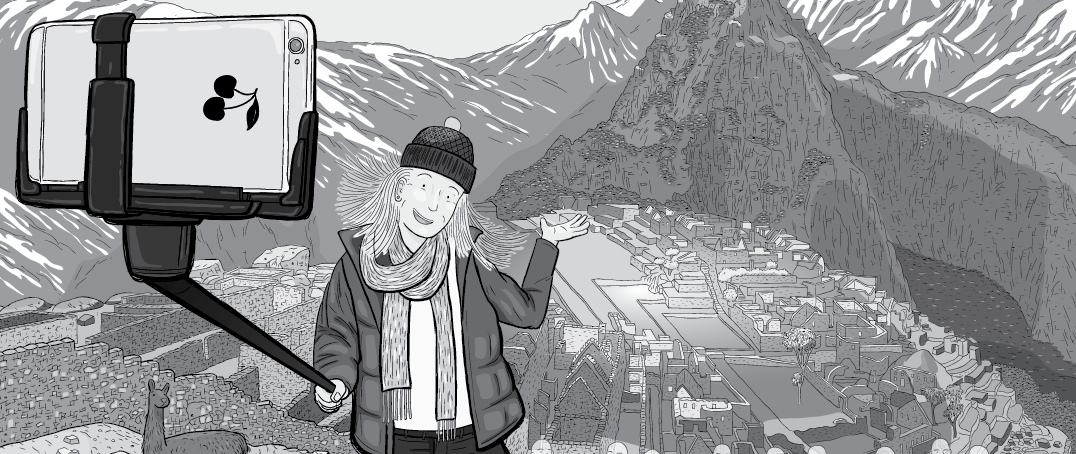
This is essay 6 from a 7-part series expanding the ideas from my comic Energy Slaves, about Buckminster Fuller’s insights into human energy consumption.
Know thy limits?
As Nate Hagens says, “we’re not really facing a shortage of energy, we’re facing a longage of expectations”.
Our modern Western lifestyles are supersized and extravagant compared to the thousands of generations that came before. Long hot showers twice a day. Cold imported beer at your local corner shops. Taking advantage of cheap flights to ‘pop over’ to Thailand on a whim.
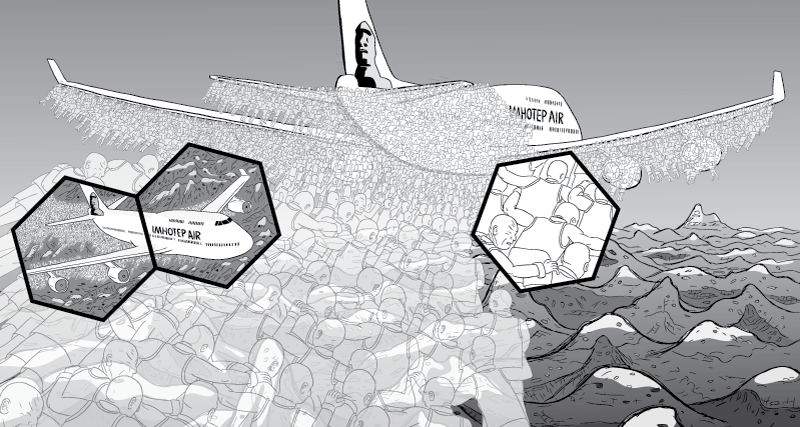
These indulgences are a historical anomaly that were not available to any previous generation. Seeing our current lifestyles from a historical perspective allows us to wonder where the future equilibrium will lie. Will it be higher or lower than our current energy slave-supported lifestyles?
Nate Hagens illustrates what it might look like to move from a society that invests 5% of its efforts to gathering energy, to a society that must invest 15% of its efforts into gathering energy. There is a lower headway of ‘energy surplus’ available above our baseline energy-gathering industries. Click the image to see more detail.
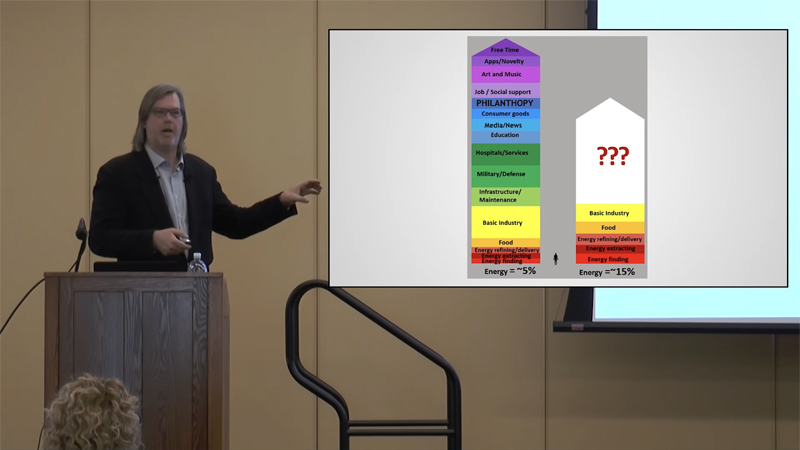
Screenshot: from the 01:02:05 mark of Nate Hagens’ talk Blindspots and Superheroes.
As Nate says, we will still have plenty of surplus energy to build a society with. But there will be less of a surplus to fund the layers of goodies that our society currently enjoys. Nate predicts that we will be in this “15%” scenario in roughly 2030, because of the declining quality (and thus EROEI) of our energy sources.
As our civilisation’s ‘net energy’ (EROEI) drops, we will need to have a serious conversation about what exactly we spend our civilisation’s energy surplus on. As Nate says at another point of his talk, fortunately we have many options to build human happiness and well-being that use less energy than the things that we are currently investing energy into.
For example, instead of getting our kicks from ‘shop you drop’ consumer binges and overeating, …
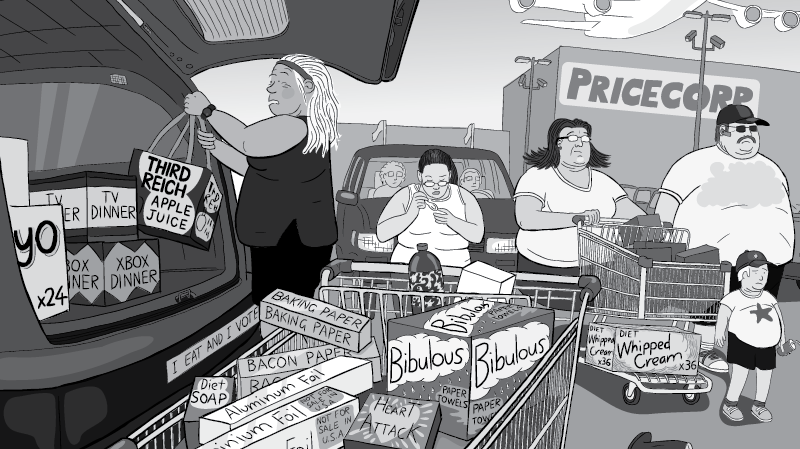
…or from “for the hell of it” helicopter joyflights, …
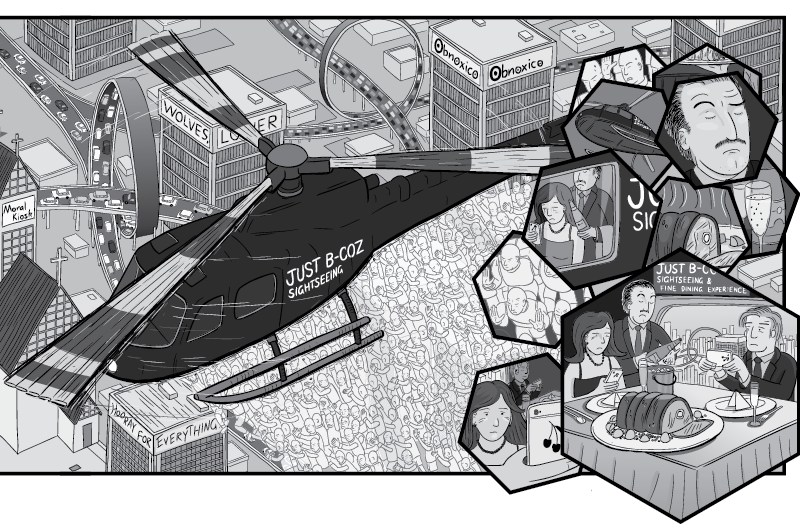
…or from holidays to ever-more-distant holiday destinations, …
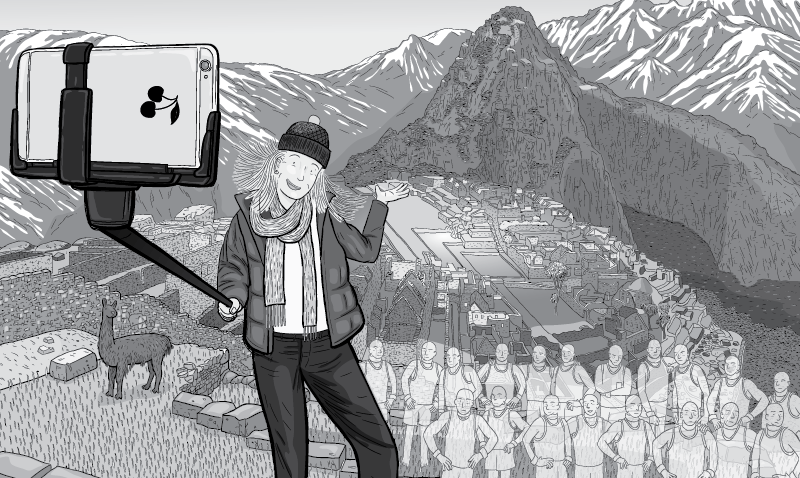
…perhaps instead we could find pleasure from activities that are more on the ‘human scale’. Things like soccer, chess, gardening, board games, dog-walking, conversations. The kinds of low-energy, yet highly-rewarding interpersonal activities that have been a hit for millennia of human beings.
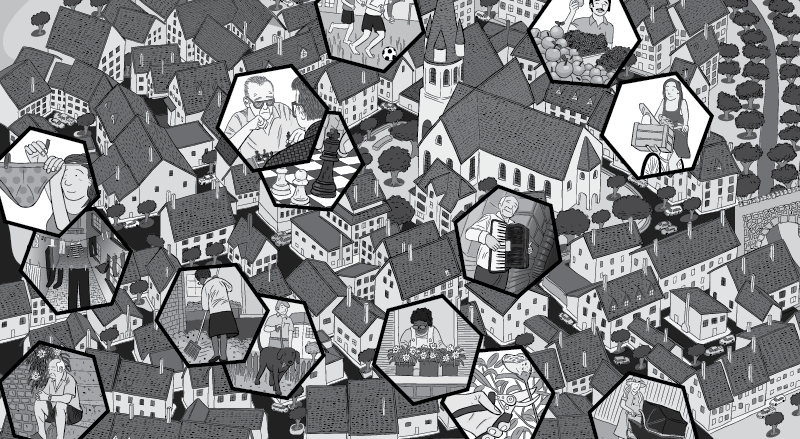
Low-energy slave lifestyles: not just for the killjoys
Does that sound dull and boring to you? A step backwards to the ‘old days’? Let me argue that low-energy lifestyles can still be fun and satisfying.
In the weeks leading up to the publication of the Energy Slaves comic, my officemates and I became obsessed with table tennis as a friendly sport to play during the work day. Table tennis is about as low-tech as passtimes get, using a featherweight 2.7 gram celluloid ball and two wooden rackets. Despite this, it is a wildly entertaining game that has created a sense of fun and camaraderie within my social circle. The sport uses close to zero energy slaves, and is just as fun as other activities that require large amounts of energy or money.
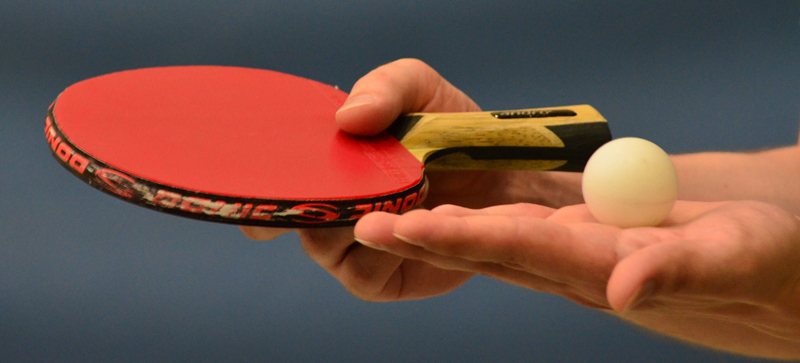
Similarly, this past Saturday I had an enjoyable day cycling to the National Portrait Gallery and walking around the exhibits, while in deep conversation with a friend. Afterwards, we walked around the lake to a pub and drank a locally-brewed beer. This is another example of how we can still have highly-satisfying human experiences, by choosing activities that need minimal energy slaves.
Both of those examples matched the pleasure and satisfaction that I could have obtained from high energy slave activities, such as go-karting, boating, or sky-diving. Sure, those latter three examples sound more exotic, exciting, and thrilling. But they need an army of energy slaves to take us to a brain-happiness level that is only slightly higher than the feeling we get when we laugh and smile at our opponent after a thrilling table tennis rally.
This is the escape hatch from our “keeping up with the Joneses” arms race of ever-increasing energy-intensive lifestyles. We must consciously choose low-energy slave activities that give us brain-happiness or brain-satisfaction experiences that match high-energy slave alternatives.
Read the rest of my a 7-part series of essays about my comic Energy Slaves. If you like my work, please become my crowdfunding patron via crowdfundstu.com











Comments